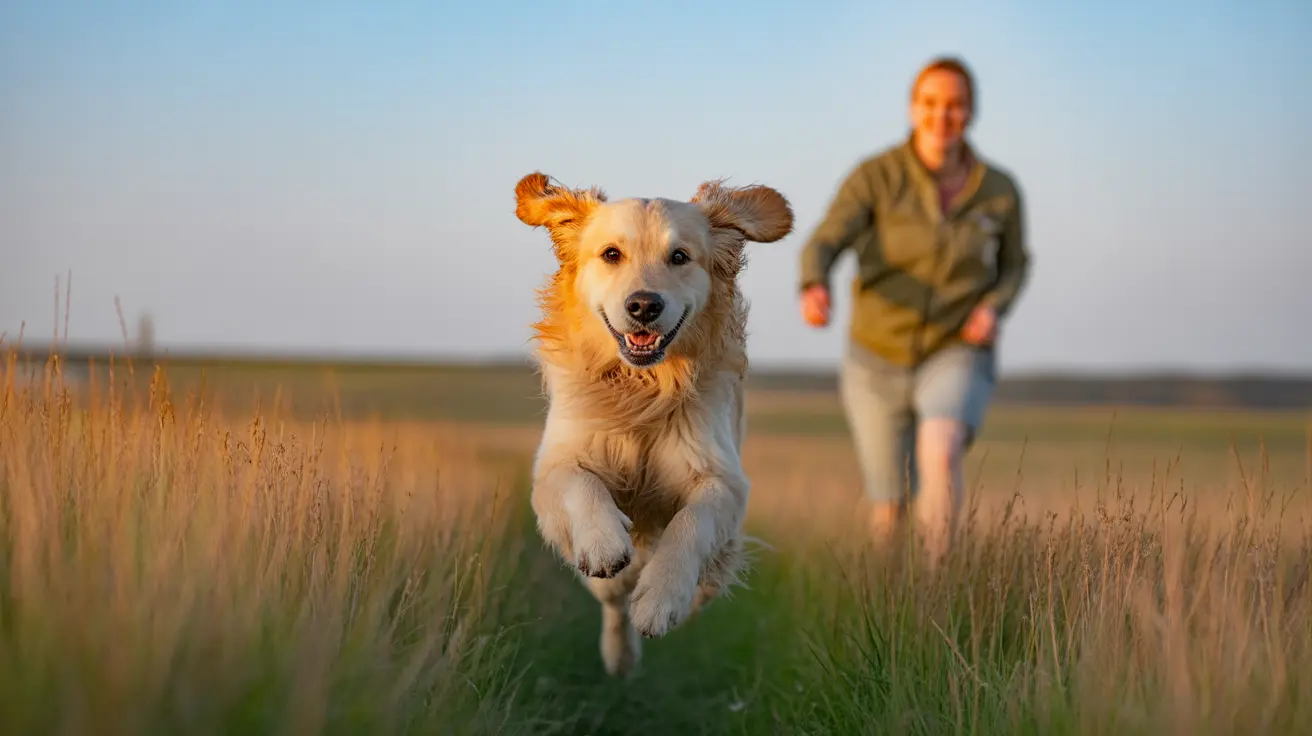Understanding When to Worry About Dog Panting
Panting is a normal behavior in dogs. It's how they cool themselves down, regulate body temperature, and sometimes express excitement or anxiety. However, not all panting is benign. As a responsible pet owner, it's crucial to recognize when panting might signal an underlying health concern. Knowing the difference between normal and abnormal panting can help you act promptly to ensure your dog's well-being.
Why Do Dogs Pant?
Dogs pant primarily to manage their body temperature. Unlike humans, they don’t sweat through their skin but release heat through evaporation by panting. Normal causes include:
- Heat regulation during warm weather or after exercise
- Excitement or stress, such as during car rides or vet visits
- Pain or discomfort, often associated with illness or injury
Panting in these situations usually resolves once the triggering event is over.
When Is Panting a Cause for Concern?
Although panting is normal in many situations, certain signs can indicate a more serious issue:
- Excessive panting that lasts longer than usual or seems more intense
- Panting without obvious cause like heat or exercise
- Panting at rest, especially if irregular or labored
- Accompanied symptoms such as lethargy, coughing, vomiting, drooling, or pale gums
- Panting in older dogs, which may signal heart disease or respiratory issues
If any of these conditions are observed, prompt veterinary attention is advisable.
Possible Medical Causes for Abnormal Panting
Several medical conditions can contribute to abnormal panting patterns:
- Heatstroke – Overheating can cause rapid, labored panting and is an emergency situation. Symptoms include high body temperature, vomiting, and collapse.
- Heart or respiratory disease – Dogs with heart failure, pneumonia, or other lung-related issues may pant excessively due to difficulty breathing.
- Pain or injury – Post-surgical recovery, internal injuries, or arthritis may cause a dog to pant due to discomfort.
- Obesity – Overweight dogs tend to pant more, even after light exertion, because excess fat hinders effective cooling.
- Cushing's disease – This endocrine disorder causes symptoms like increased thirst, hunger, urination, and persistent panting.
- Poisoning or allergic reactions – Toxic exposure or allergies may lead to drooling, vomiting, and panting.
Breed-Specific Considerations
Certain breeds are more prone to panting due to their anatomical traits:
- Brachycephalic breeds (like Bulldogs and Pugs) have shorter nasal passages, making breathing and cooling less efficient.
- Thick-coated breeds (like Huskies or Chows) may struggle more in hot environments and are prone to overheating.
Owners of these breeds should be especially cautious during warm weather and monitor for excessive panting.
How to Respond to Abnormal Panting
If your dog exhibits signs of abnormal panting, take the following steps:
- Remove your dog from heat and into a cool, shaded area
- Offer fresh water immediately
- Monitor closely for other symptoms like gums color or fatigue
- Seek veterinary attention if panting persists or other worrisome signs appear
Never delay in cases where your dog collapses, has pale or blue gums, or cannot stop panting despite rest.
Preventative Tips
To reduce the risk of abnormal panting in your dog, consider the following care guidelines:
- Ensure routine vet check-ups to catch health issues early
- Provide plenty of water and shade during hot days
- Avoid vigorous exercise in high heat
- Use cooling mats or vests for sensitive breeds during summer
- Maintain a healthy weight to ease breathing and movement
Conclusion
Dog panting is commonly harmless—but not always. Trust your instincts. If panting seems off or your dog shows signs of distress, never hesitate to consult your veterinarian. Prompt action could make all the difference in safeguarding your furry friend's health.





